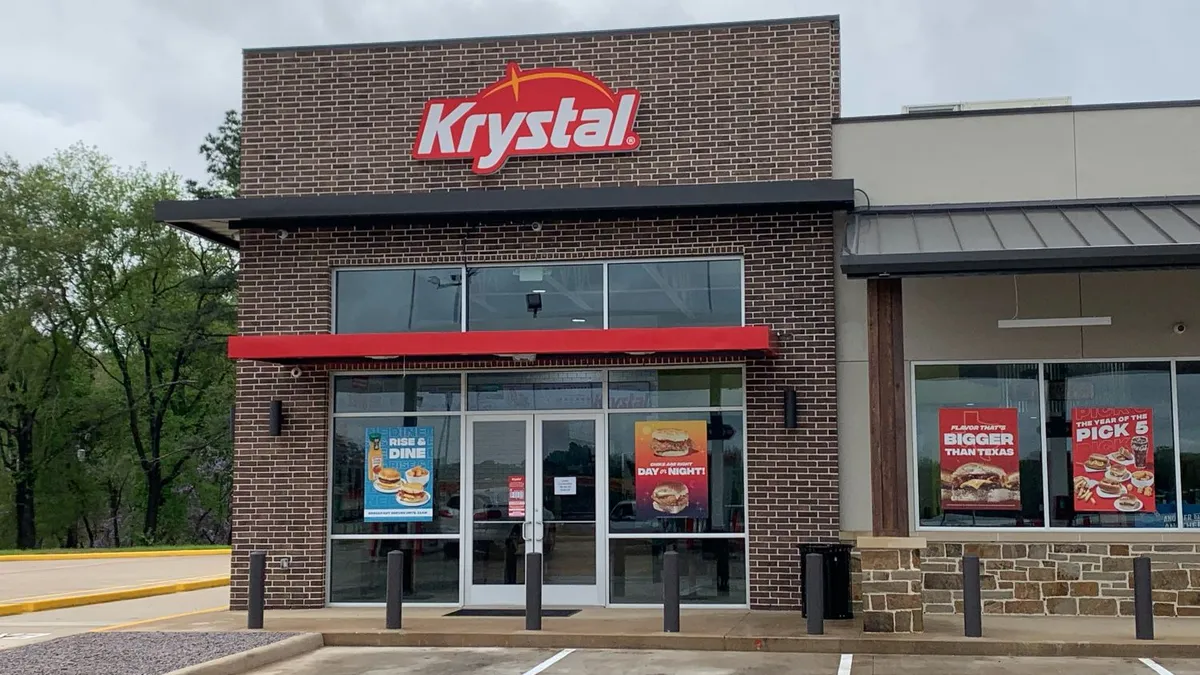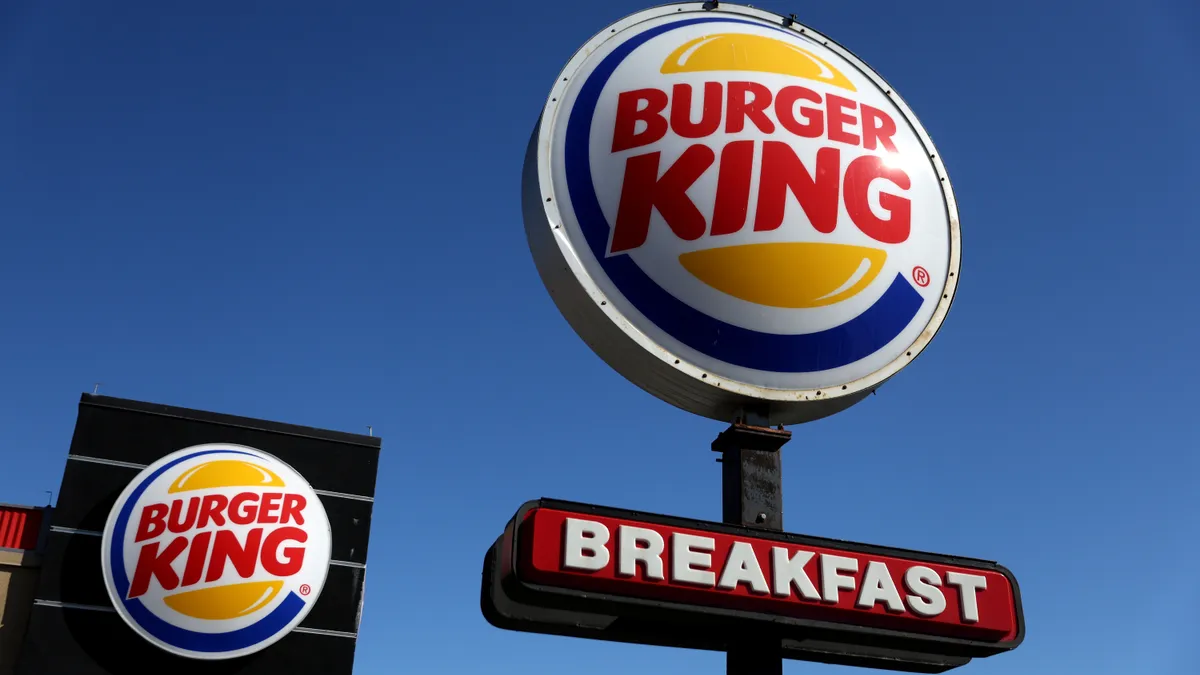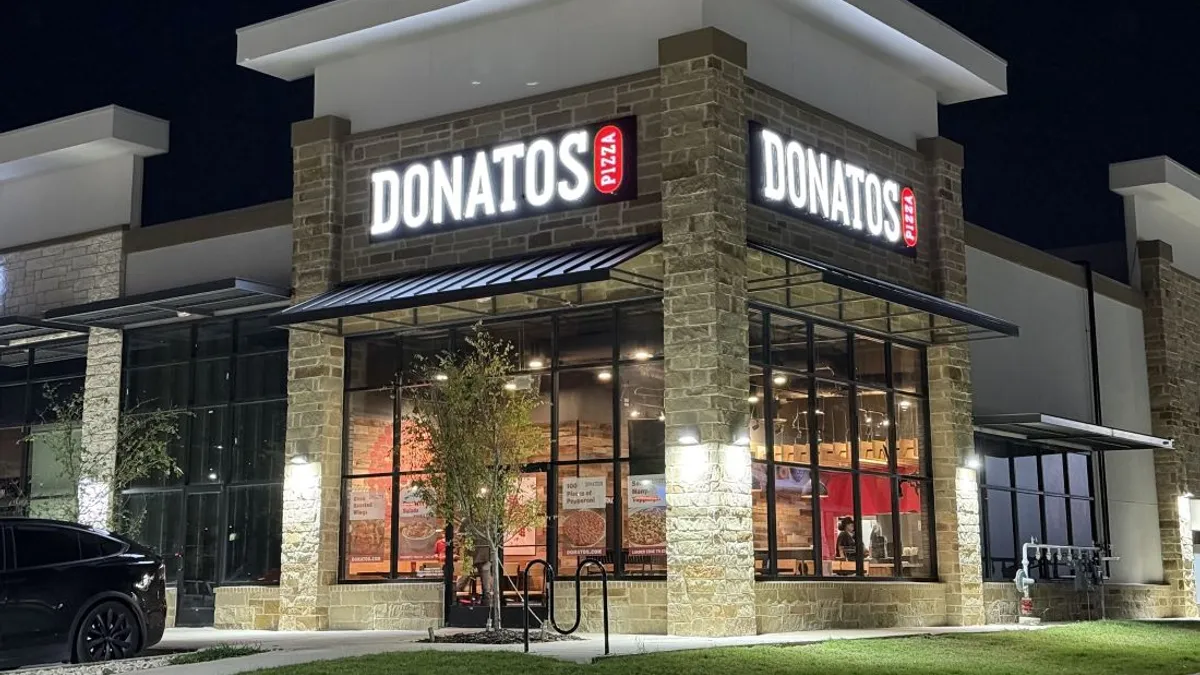The following is a guest post by Manik Suri, the founder and CEO of Therma, a technology startup that builds safety and sustainability tools to eliminate food waste, energy inefficiency, and refrigerant emissions.
Just over a year ago, restaurants closed their doors, furloughed their staff and waited for the pandemic to pass. This unprecedented crisis catalyzed the worst economic crisis the foodservice industry has ever seen.
In March, Datassential reported that more than 10% of U.S. restaurants closed permanently since the start of the pandemic, or 79,438 eateries out of the 778,807 in operation since the crisis began. The average establishment's revenue fell about 36% between March and December 2020, according to Bloomberg.
At the same time, industry costs soared. Food costs increased by 38% during the pandemic, Business Insider reported in June, even as many restaurants spent significant sums to retrofit buildings for safer occupancy. Unfortunately, even as pandemic restrictions ease, many people remain wary of eating out in a restaurant, meaning the industry is likely looking at a slow recovery once operations return to normal. In other words, the restaurant industry shouldn't wait for a return to normal. Instead, this unique moment is an opportunity to rethink their operations, developing new, sustainable business models that allow them to remain nimble while responding to changing conditions in the world around us.
For foodservice companies looking to thrive in the year ahead, here are three ways to rethink their operations today.
1. Lower costs by reducing food waste
Food costs can account for roughly one-third of the cost of running a restaurant business, and protecting this valuable asset is a readily available way to improve profits. As the foodservice industry is trying to do more with less, companies can optimize their resources while reducing waste and promoting sustainability.
Each year, the food industry wastes 1.6 billion tons of food, accounting for one-third of the global food supply each year. This expansive problem occurs at every point of the supply chain with incredible cost and environmental implications. The United Nation's Food and Agriculture Organization and the World Resources Institute estimate that food waste accounts for 8% of global greenhouse gas emissions, and it represents a $1.2 trillion opportunity to increase profitability.
Foodservice companies can significantly reduce waste by targeting on-site food storage solutions. Power outages, equipment malfunction, refrigeration failures, old equipment and human error all contribute to food waste.
Rather than accepting these problems as a built-in cost of doing business, restaurants and other industry members can use these causes of loss as sources of margin improvement. By investing in better processes and technologies, businesses can claim money that’s sitting on the table.
Notably, the advancement and proliferation of the Internet of Things (IoT) connected devices create the potential to monitor all kinds of physical assets, including food products and their storage containers.
For example, using IoT technology to monitor refrigeration devices across a supply chain can ensure food is optimally stored while optimizing settings to make storage more efficient and effective. Similarly, IoT inventory tracking makes traceability more precise, creating new safety metrics that can reduce the amount of food lost to broad inventory recalls or safety concerns.
In addition, IoT devices in smart kitchens are monitoring water flow, temperature and pressure to decrease holistic resource waste. In total, some estimates expect that IoT technology could reduce food waste by 20% in the next four years and by 50% by 2030.
This is good for foodservice companies and the environment, serving as a more sustainable way to operate in a post-pandemic environment. In doing so, restaurants and other industry members can save money while promoting public and environmental health.
2. Enhance energy optimization
While food waste represents a significant cost for restaurant owners, energy expenses also offer an opportunity to improve margins. Restaurants spend as much as 5% of their operating budgets on electricity. Even incremental progress can make a significant impact on the bottom line.
For instance, one report found reducing energy consumption by 20% translates to the same bottom line benefit as a 5% uptick in sales.
In some ways, reducing energy consumption is a low-cost proposition, as simple steps like turning off lights, fans and other appliances when not in use can curb electricity costs. However, with more than 40% of restaurant energy costs coming from refrigeration, improving metrics in this category can have an outsized impact on profitability.
While investments in new tech-equipped refrigeration units will reduce energy consumption, restaurant owners can outfit existing appliances with IoT sensors to ensure refrigeration levels are optimized, doors and barriers remain closed, and units remain operational. When coupled with dashboard technology, restaurant managers can integrate energy cost reductions into their existing workflows, ultimately reducing consumption and costs without making significant investments or integrating onerous workplace policies.
3. Explore alternative service arrangements
The pandemic forced the foodservice industry to innovate or die. Many restaurants embraced this challenge, finding new ways to deliver delicious food to their eager customers.
One notable example of these efforts is the accelerated adoption of ghost kitchens. Ghost kitchens lower the cost of entry and allow greater innovation within the restaurant industry. It's estimated that ghost kitchens could be a $1 trillion global market by 2030, and their rise closely correlates to the rapid growth of food delivery and takeaway trends that provide new revenue streams for restaurants ready to adapt.
Meanwhile, other companies are turning to digital-first brands to reach customers. Chili's, Mariano's and Applebee's have launched virtual brands selling specialty items online. These virtual eateries are pandemic-inspired, but they represent a reprioritization of the customer-first ethos that made restaurants so compelling in the first place.
That's why, regardless of the expression, customer convenience and experience is now a top priority. As Jonathan Nunn, a food writer for The Guardian, notes: "The restaurants that are most adaptable will find their own solutions that focus on community and simplicity."
With full-service restaurants not expected to fully recover until 2025, exploring alternative service arrangements allows foodservice providers to harness this moment and spur innovation that can provide an immediate revenue boost while also fostering long-term sustainability.





















